Work and Life is a radio program hosted by Stew Friedman, director of the Wharton Work/Life Integration Project, on Sirius XM’s Channel 111, Business Radio Powered by The Wharton School. Every Tuesday at 7:00 PM EST, Stew speaks with everyday people and the world’s leading experts about creating harmony among work, home, community and the private self (mind, body and spirit).
On Work and Life, Stew Friedman spoke Keith Ferrazzi, a thought leader in American business and author of Never Eat Alone and Who’s Got Your Back – both best sellers.
The following are edited excerpts of their conversation.
Stew Friedman: How did you come to understand the importance and power of interpersonal connections, of networking, for business? And especially, how did you come to understand the importance of service, helping others, as way of creating value for ones self?
Keith Ferrazzi: 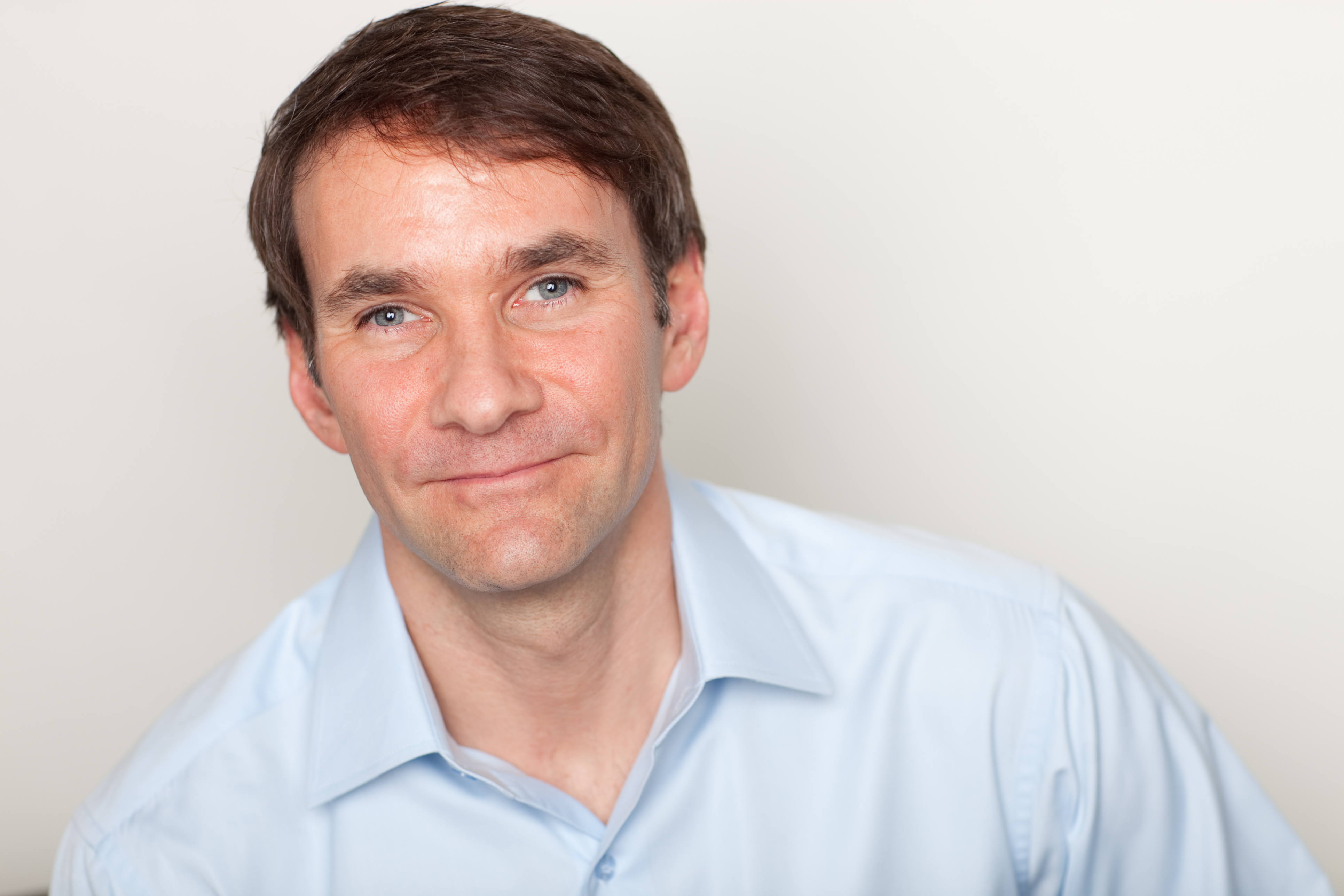 It started with our own practice of doing cultural transformation in organizations, especially in sales organizations. And I learned that when you’re trying to build relationships it’s important to be of service. I joke that the first rule of relationships is that nobody has time for one with you! So you better make sure that you’re reaching out with enormous generosity. We’ve been teaching and coaching that with managers and leaders. I found that people were willing to change if leaders were of service to their people; that’s what had predictive power. If you want your people to change make sure they recognize that you’re in service to them. I started looking at how could change my own behavior. I started experimenting with things in social contexts. How can I and my family practice generosity and service?
It started with our own practice of doing cultural transformation in organizations, especially in sales organizations. And I learned that when you’re trying to build relationships it’s important to be of service. I joke that the first rule of relationships is that nobody has time for one with you! So you better make sure that you’re reaching out with enormous generosity. We’ve been teaching and coaching that with managers and leaders. I found that people were willing to change if leaders were of service to their people; that’s what had predictive power. If you want your people to change make sure they recognize that you’re in service to them. I started looking at how could change my own behavior. I started experimenting with things in social contexts. How can I and my family practice generosity and service?
SF: So you were connecting different domains; taking a lesson from work and applying it at home, in the community and for your own growth in ways that produced meaning for you and others. What have you been discovering?
KF: At a Renaissance Weekend, a non-partisan retreat, which my family and I have been attending, about how society can change, my fiancé said, “we keep talking about this, but let’s do something about it.” I’m on boards of directors, but let’s do something at the grass roots level. So we volunteered for Meals on Wheels, we started in the kitchens, then we delivered meals. In the process I met a little old lady, who was all dressed up for us; we were the only people she saw that day. As a result of that experience and others like it my relationship with my own family started to change.
SF: How did this effect you? In what ways did the experience change you?
KF: I focused on my blessings and on gratitude. The experience melted our hearts and souls so that we were more open to each other. It’s powerful. And I decided: I’m going to bring my team from FerrazziGreenlight to this. I’ve been involved in foster care. 80% of the US prison population came from foster care. And foster care is correlated with prostitution. These kids never learned how to trust. They were treated transactionally. They sought intimacy in prostitution and family in gangs. So we started volunteering with fosters in foster homes. And we did this with our employees and with our clients. We started coaching our employees and clients so that they could help these kids learn to trust more. Derivative of organizational education at Intel and Cisco and elsewhere.
SF: How does sales training apply?
KF: Intimacy, generosity, candor and accountability. You need empathy (intimacy). Gain trust by leading with generosity. Both intimacy and generosity lead to candor and accountability
SF: Can you give us some examples?
KF: If you’d like to have better personal relationship with your spouse or boss, lead with generosity. Bring flowers, put out the trash; generosity of spirit and practice. Then they’ll say, “I’ll give this person a shot.” They’ll let guard down. You can deeply connect around mutual vulnerability, which leads to intimacy, which leads to trust and then they’ll tell you more about what they need; it’s a cycle. And it’s the same in the workplace.
SF: How does leading with generosity lead to vulnerability?
KF: I talk with you about my challenges, frustrations, fears, anxieties concerning my 20 year old son and that would connect us.
SF: It would. I’d tell you about my own 20 year old daughter here at Penn!
KF: We can’t connect them, but the act of sharing humanity connects us. Just because it’s purposeful doesn’t mean it’s fake. If it’s real, it’s not fake — if your heart and soul is intentional, sincere. You can connect around service which can accelerate intimacy.
SF: What are some of the major outcomes of these interventions?
KF: At Greenlight Giving I’ve seen a 16 year old girl, the child of a client, who was primarily concerned about getting the “right car” for her birthday who has been changed by the experience of our trip to Guatemala where she sees those who have so much less than she does, who are happy. She needs to think differently. My own foster children, now my adoptive kids, lied and stole just to make sure they had enough. But the experience in Guatemala changed him so now he gives his own money to help others. And this builds customer loyalty. Through service to customers and service to each other, this builds loyalty. It opens peoples’ hearts and souls to those in need. Release the brain to exercise the muscle of empathy and care. Grow in relationships and in collaborative potential.
SF: What suggestions do you have for listeners?
KF: Deliver Meals on Wheels. Help at a soup kitchen. Give out MacDonald’s gift certificate with your employees and ask the recipients for their stories; how did they end up needing this help. How’d they get here? Those are “light” ways. Heavier ways include, for example, working with GM to shift their corporate culture by coaching field reps to build better networks with their dealerships. We packaged that training to HS kids in bad neighborhoods. Teach and grow.
SF: We learn by teaching others.
KF: This is anecdotal, but those who taught were more deeply connected to the IP (Intellectual Property) on the job. Their scores with the dealerships went up. It’s how to be a better leader through service. When you have to teach others it helps to cement the learning.
SF: What’s the most important thing you’d like to tell our listeners?
KF: To learn and grow one has to experience. We are not a training company, but a coaching and experience company that helps to shift behavior. If you want to be more intimately connected, then service the most destitute to break your heart open. The more service, the more you’ll show up as the kind of person people will want to connect to.
SF: People can be afraid. How can they overcome fears?
KF: With a Sherpa, a guide. It’s totally safe at Meals on Wheels.
Keith Ferrazzi is the best-selling author of Never Eat Alone and Who’s Got Your Back. To learn more about his work, follow him on twitter: @Ferrazzi.
Join Work and Life next Tuesday at 7 pm on Sirius XM Channel 111. Visit Work and Life for a full schedule of future guests.
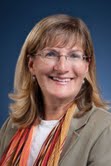 Several colleagues and I were talking about how much we loved our work and how meaningful it was, but also that it’s the type of job that is never ending; there’s always something to be done. We wondered how we could avoid burnout, but still be on the cutting edge. What we’ve found is that people thrive in their work when they feel energized, have vitality, feel alive at work, and feel as though their learning, growing, getting better.
Several colleagues and I were talking about how much we loved our work and how meaningful it was, but also that it’s the type of job that is never ending; there’s always something to be done. We wondered how we could avoid burnout, but still be on the cutting edge. What we’ve found is that people thrive in their work when they feel energized, have vitality, feel alive at work, and feel as though their learning, growing, getting better.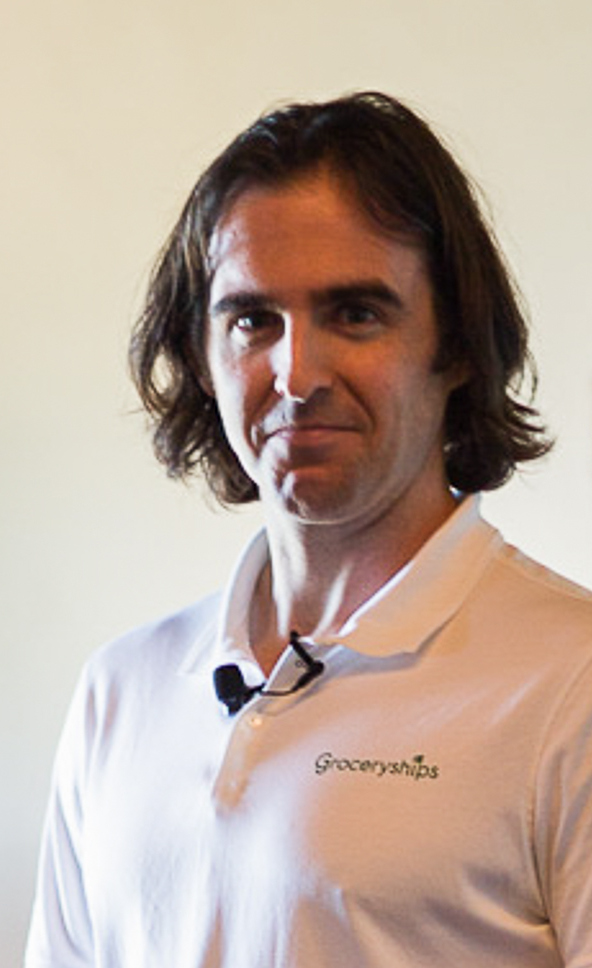 I went to Wall Street when I was 22 years old, just out of Columbia. I remember going onto the trading floor and everything I wanted in life was right there. I grew up sort of middle class. My dad read about successful businessmen in the paper every day and being successful was ingrained in me. When I walked onto the trading floor, I could tell just by looking at the clothes people wore – their haircuts, their suntans (you could tell they played golf) – that I’d never seen people as wealthy as this. And it was everything I wanted.
I went to Wall Street when I was 22 years old, just out of Columbia. I remember going onto the trading floor and everything I wanted in life was right there. I grew up sort of middle class. My dad read about successful businessmen in the paper every day and being successful was ingrained in me. When I walked onto the trading floor, I could tell just by looking at the clothes people wore – their haircuts, their suntans (you could tell they played golf) – that I’d never seen people as wealthy as this. And it was everything I wanted.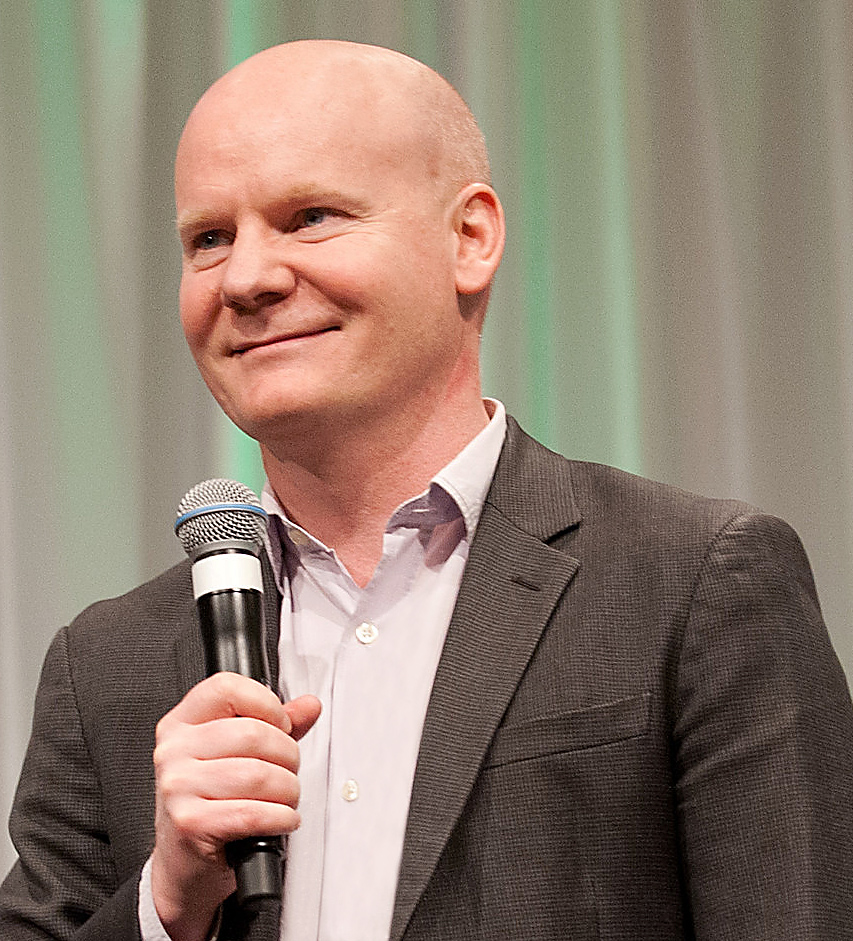 My older brother and I founded The Motley Fool in 1993. It was the result of our father’s teaching us how to invest in stocks as kids and teenagers – we were really taught that investing is a game. We weren’t taught Greek alphanumerics or obscure terminology. We weren’t even taught that much about risk. We were taught how to follow companies we loved, how to learn a little more about them, how to recognize that corporations aren’t a monolithic structure on the edge of town that you could never really know about. They’re run by every-day people around you in society who are making good or poor choices, which lead to results for shareholders and employees. We saw a human face to business at an early age, and that has had an impact on all that we’ve worked on since.
My older brother and I founded The Motley Fool in 1993. It was the result of our father’s teaching us how to invest in stocks as kids and teenagers – we were really taught that investing is a game. We weren’t taught Greek alphanumerics or obscure terminology. We weren’t even taught that much about risk. We were taught how to follow companies we loved, how to learn a little more about them, how to recognize that corporations aren’t a monolithic structure on the edge of town that you could never really know about. They’re run by every-day people around you in society who are making good or poor choices, which lead to results for shareholders and employees. We saw a human face to business at an early age, and that has had an impact on all that we’ve worked on since. received her MBA from The Wharton School in 2014.
received her MBA from The Wharton School in 2014.  I was writing an economics, business book, and I was trying to describe how the way we create value has changed, and I was trying to say “that thing that only you do.” I was twiddling with words like “uniqueness” and “distinctive,” but none of them told the full story, so I said let’s make up a word. It refers to that spot in the world that only you are standing in. It’s such a distinctive point of view. It’s your creative source. It’s the perspective that allows you to challenge convention. It is that idea that only you have.
I was writing an economics, business book, and I was trying to describe how the way we create value has changed, and I was trying to say “that thing that only you do.” I was twiddling with words like “uniqueness” and “distinctive,” but none of them told the full story, so I said let’s make up a word. It refers to that spot in the world that only you are standing in. It’s such a distinctive point of view. It’s your creative source. It’s the perspective that allows you to challenge convention. It is that idea that only you have. studied Management at The Wharton School and English (Creative Writing) at the College of Arts & Sciences. She graduated in 2014.
studied Management at The Wharton School and English (Creative Writing) at the College of Arts & Sciences. She graduated in 2014. 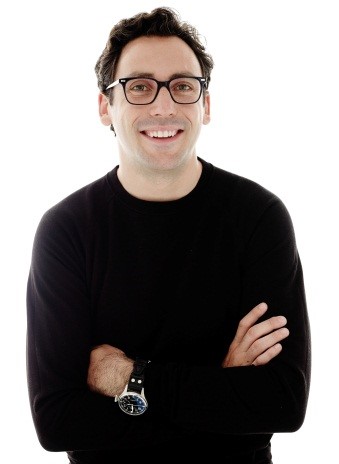 The idea behind Warby Parker was that glasses are too expensive. Jeff, Andy, Dave and I had just started our MBAs and were sitting in a computer lab at Wharton, complaining about how expensive glasses are after Dave lost his $700 glasses in the seat pocket of an airplane right before school started. We thought, “Could we do something about this?” Andy had a great idea to sell glasses online; we had seen category after category move online, from Blue Nile selling engagement rings to Zappos selling shoes. And before business school, I had trained low-income women to start their own businesses selling glasses in the developing world with
The idea behind Warby Parker was that glasses are too expensive. Jeff, Andy, Dave and I had just started our MBAs and were sitting in a computer lab at Wharton, complaining about how expensive glasses are after Dave lost his $700 glasses in the seat pocket of an airplane right before school started. We thought, “Could we do something about this?” Andy had a great idea to sell glasses online; we had seen category after category move online, from Blue Nile selling engagement rings to Zappos selling shoes. And before business school, I had trained low-income women to start their own businesses selling glasses in the developing world with  Broadly, our mandate is to make sure that all the people decisions we make at Google are based on good data and information. An organization our size makes thousands of people decisions every year – who we should hire, who we should promote, how we should pay people. In a lot of cases, it seems like those decisions are based on emotions, instinct, or perhaps politics; we want to try and make them more rigorous. At Google we are all about innovation and we believe that innovation comes from the smart, talented Googlers we hire. Therefore, we think that people decisions are no less important than any other business or product decisions we make so we want to base those decisions on data.
Broadly, our mandate is to make sure that all the people decisions we make at Google are based on good data and information. An organization our size makes thousands of people decisions every year – who we should hire, who we should promote, how we should pay people. In a lot of cases, it seems like those decisions are based on emotions, instinct, or perhaps politics; we want to try and make them more rigorous. At Google we are all about innovation and we believe that innovation comes from the smart, talented Googlers we hire. Therefore, we think that people decisions are no less important than any other business or product decisions we make so we want to base those decisions on data.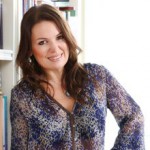 My family immigrated to America from the former Soviet Union in 1976. We were refugees and settled in Chicago. Through their entrepreneurial spirit, my parents founded a Russian food deli that eventually led to Lifeway Foods. They took the company public in 1988. For them, there was no work-life balance. I think it’s a nice luxury to be able to talk about it when you have all the resources and networks like we do now, but for an immigrant family it’s a little bit of a different conversation. My dad worked seven days a week. There were times when I really didn’t see him for months on end, because I’d go to sleep and he’d still be working, and I’d wake up and he’d already left for work. I saw my parents sacrifice quite a bit.
My family immigrated to America from the former Soviet Union in 1976. We were refugees and settled in Chicago. Through their entrepreneurial spirit, my parents founded a Russian food deli that eventually led to Lifeway Foods. They took the company public in 1988. For them, there was no work-life balance. I think it’s a nice luxury to be able to talk about it when you have all the resources and networks like we do now, but for an immigrant family it’s a little bit of a different conversation. My dad worked seven days a week. There were times when I really didn’t see him for months on end, because I’d go to sleep and he’d still be working, and I’d wake up and he’d already left for work. I saw my parents sacrifice quite a bit. Alice Liu is an undergraduate senior studying Management at The Wharton School and English (Creative Writing) at the College of Arts & Sciences.
Alice Liu is an undergraduate senior studying Management at The Wharton School and English (Creative Writing) at the College of Arts & Sciences. 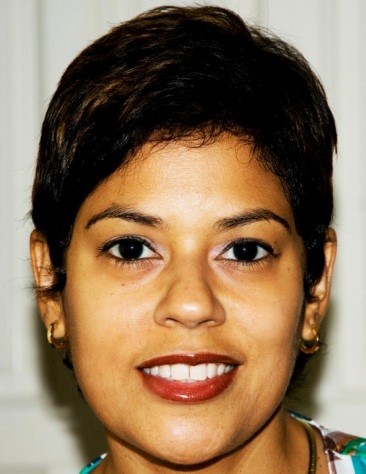 The inspiration for Do Good Jamaica started with a book drive. There’s a very big problem with our education system in Jamaica. Although we have a national library system that serves every community through branch libraries and mobile libraries, and there are reading programs for children, they didn’t have enough of the proper books. I thought, “Jamaicans love to break records – with Usain Bolt and Shelly-Ann Fraser-Pryce, we have the fastest man and the fastest woman in the world – so if I say, ‘Let’s break a Guinness record,’ I’ll get tons of books.” It worked – the world record was 242,624 books raised in seven days; we smashed that in the first day, and ended up with 657,061books in seven days. I was so inspired by the hundreds of organizations and hundreds of thousands of individuals that participated. It was fascinating to see how everyone could focus on a single goal and get somewhere.
The inspiration for Do Good Jamaica started with a book drive. There’s a very big problem with our education system in Jamaica. Although we have a national library system that serves every community through branch libraries and mobile libraries, and there are reading programs for children, they didn’t have enough of the proper books. I thought, “Jamaicans love to break records – with Usain Bolt and Shelly-Ann Fraser-Pryce, we have the fastest man and the fastest woman in the world – so if I say, ‘Let’s break a Guinness record,’ I’ll get tons of books.” It worked – the world record was 242,624 books raised in seven days; we smashed that in the first day, and ended up with 657,061books in seven days. I was so inspired by the hundreds of organizations and hundreds of thousands of individuals that participated. It was fascinating to see how everyone could focus on a single goal and get somewhere. Marci Alboher: Encore.org is a non-profit organization spearheading the new movement of later-in-life work that combines social purpose with continued income and personal meaning. We help people who want to use the later part of their careers to make a difference in their communities and in the world. People are hitting mid-life and saying, “life is short, I want to make sure that what I do matters and that what I do contributes to the world”. At Encore, we do a lot of programs about second careers with meaning.
Marci Alboher: Encore.org is a non-profit organization spearheading the new movement of later-in-life work that combines social purpose with continued income and personal meaning. We help people who want to use the later part of their careers to make a difference in their communities and in the world. People are hitting mid-life and saying, “life is short, I want to make sure that what I do matters and that what I do contributes to the world”. At Encore, we do a lot of programs about second careers with meaning.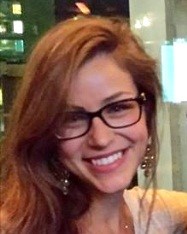 Morgan Motzel is an undergraduate junior in the Huntsman Program in International Studies and Business at Penn focusing on Management and Latin America.
Morgan Motzel is an undergraduate junior in the Huntsman Program in International Studies and Business at Penn focusing on Management and Latin America.